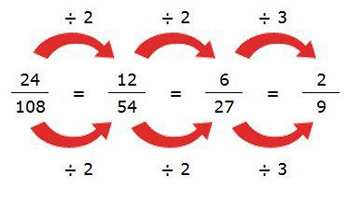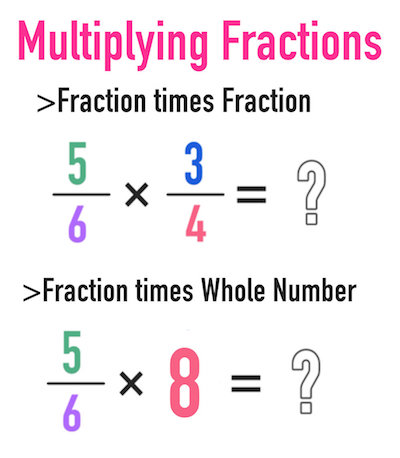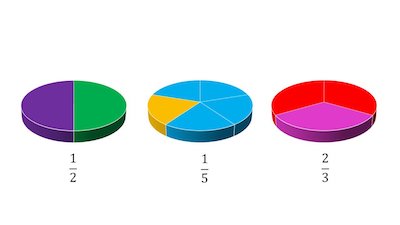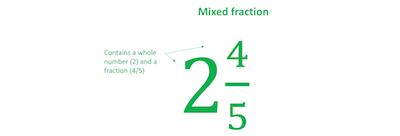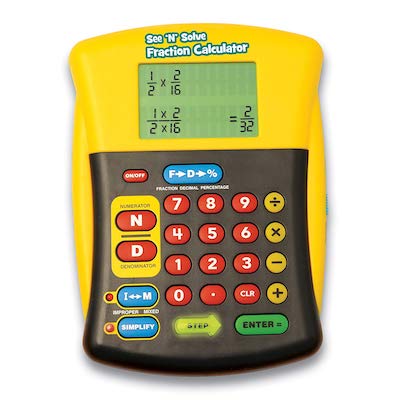When you are solving math problems that involve fractions, you may be required to simplifying fractions. The truth is that whenever this is possible, you can be sure that your teacher will want to see the result of the question in the simplest form of fractions. Bit how can you know that you need to do this?
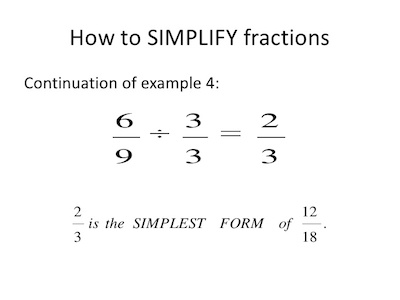
Looking to know more about fractions?
Knowing When Simplifying Fractions Is Needed
Simply put, there are two main occasions that require you to simplify your fractions:
#1: When your answer is a higher-level equivalent proper fraction that can be better represented in its lowest term or reduced form. In these cases, many teachers actually insist that you reduce your answer whenever this is possible.
#2: When you get an improper function. In case you don’t remember, an improper function is a function that has a numerator that is larger than its denominator. So, in these cases, when you come up to an improper function, you will need to convert it to a mixed number.
Discover the benefits of using a fraction to decimal calculator.
Now that you now know both situations where you are required to simplifying fractions, let’s check each one in detail.
Reducing Fractions To Their Lowest Equivalent
And the rule is pretty simple:
Image Reducing Fractions To Their Lowest Equivalent
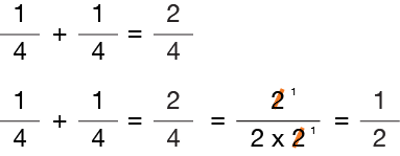
The main key aspect to always keep in mind is that no matter what you do to the numerator of the fraction, you need to do the same to the denominator. This is to ensure that the overall value of the fraction doesn’t change. For example, if you divide the numerator by a number, you must also divide the denominator for that same number.
What are equivalent fractions?
If you check above, we divided the numerator and the denominator by “c” to arrive at our simplified answer.
To ensure that you are showing the lowest equivalent fraction, the best option that you have is to simply breakdown both the numerator and the denominator into prime numbers. Here’s an example of how you can do this:
Image Reducing Fractions To Their Lowest Equivalent – example
Notice that the original answer after adding the fractions is “2/4.” To determine if your answer is in its simplified form, you must factor the numerator and the denominator into its prime numbers. So, you will simply need to look for the prime numbers that are common to both the numerator and the denominator. If you find these common numbers, we can then cancel them out. The results will be a fraction simplified to its lowest equivalent fraction.
In this specific case, since 2 is a common factor in both the numerator and the denominator of the fraction, then this means that your fraction isn’t in its simplest form. So, you can reduce it or simplify it.
Simplifying Improper Fractions
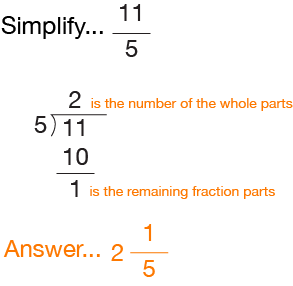
As we already mentioned above, an improper fraction is a fraction which numerator is bigger than its denominator. And when you get this result, then you know that you need to simplify the fraction and that the result will come in the form of a mixed number.
So, in order to convert an improper fraction into a mixed number, you just divide the numerator by the denominator. The results will be a whole number part and a fractional part.
Here is an example:

As you can see, this is a pretty straightforward operation. But keep in mind that if there is no remainder, the answer is the whole number only.
Be sure to look closely at the resulting fraction to ensure it’s in the simplest terms. If not, you will need to reduce it.
